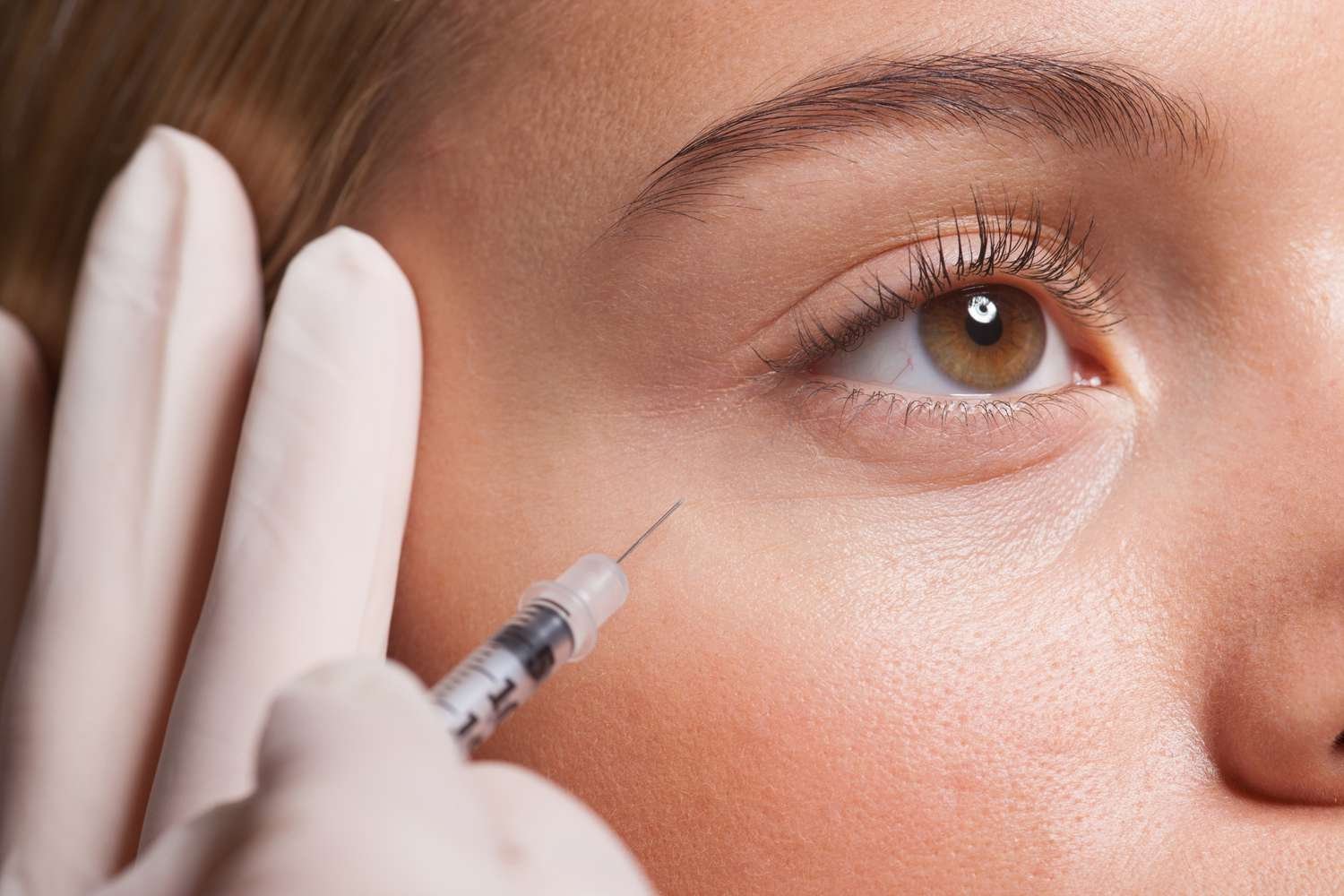Dysport versus Botox: What's the Difference?
Botox versus Dysport
Which should you choose?
In the battle against wrinkles: Dysport and Botox are the two brands of neurotoxin that are most commonly used. Both injectable treatments are widely used to smooth fine lines and wrinkles, offering a rejuvenated appearance. However, despite their similar purposes, there are differences in their formulations, effectiveness, and applications that are worth considering. This blog post highlights some of the difference between Dysport and Botox to help individuals make informed decisions about their cosmetic treatment options.
Origins and Composition of Botox and Dysport
Both Dysport and Botox are derived from botulinum toxin type A, a neurotoxic protein produced by the bacterium Clostridium botulinum. This toxin temporarily paralyzes muscles, which can reduce the appearance of wrinkles. Despite this commonality, the two products have slightly different formulations and protein structures, which can influence their distribution and effectiveness in some cases.
Botox has been in use since the 1970s and Dysport since the 1990s. Both injectable wrinkles relaxers have a long track record for safety.
Treatment Areas and Effectiveness of Botox versus Dysport
Botox has been a household name for years and is approved for use in various areas, including the forehead, around the eyes (crow's feet), and between the brows (frown lines or 11s). It is also used for several medical conditions, such as chronic migraines and excessive sweating. While most people refer to all neurotoxins as “Botox” because it was first to market, they can be used almost interchangeably for facial wrinkles, migraines, TMJ or excess sweating.
In some cases, particularly the forehead, Dysport is oftentimes preferred in larger, younger foreheads given its ability to spread more easily, while Botox is sometimes preferred for older patients with heavy eyelids given Botox’s decreased spread.
Onset and Duration of Effects of Botox versus Dysport
One of the key differences between Dysport and Botox is the onset of their effects. Patients may begin to see the results of Dysport within 2-3 days post-treatment, whereas Botox might take 4-7 days to show its full effects. However, the duration of the results is comparable, typically lasting between 3-6 months, depending on the individual's metabolism, the area treated, and the dosage used.
Some studies show Dysport may last longer than Botox.
Dosage and Pricing from Botox versus Dysport
When it comes to dosage, Dysport and Botox use different units of measurement, which can be confusing. It's not a straightforward comparison, as Dysport tends to require more units than Botox to achieve similar results. However, this does not necessarily mean Dysport is less effective; it's simply a difference in unit measurement.
Pricing for both treatments can vary widely depending on the geographic location, the provider, and the amount of product used. Generally, because Dysport requires more units, the price per unit is often lower than Botox. However, the total cost of treatment might end up being similar.
In our practice the pricing is the same for comparable units of Botox to Dysport.
Side Effects and Safety of Botox versus Dysport
Both Dysport and Botox are considered safe for most people when administered by a qualified professional. Common side effects include temporary bruising, swelling, or redness at the injection site. More serious side effects are rare but can include issues such as difficulty swallowing, speaking, or breathing if the toxin spreads beyond the treatment area.
Making the Right Choice between Botox and Dysport
Choosing between Dysport and Botox comes down to individual preferences, treatment goals, and the advice of a qualified cosmetic professional. Some individuals may find better results with one product over the other due to how their body reacts to the treatment or based on the specific areas they are looking to treat.
It's essential to consult with a healthcare provider or a dermatologist experienced in cosmetic treatments to discuss the best option for your needs. They can provide personalized advice based on your skin type, the severity of your wrinkles, and your aesthetic goals.
In conclusion, while Dysport and Botox share many similarities, understanding their differences can help individuals make informed decisions about which treatment might best suit their needs. Whether you're looking to smooth out forehead lines, soften crow's feet, or address any other areas of concern, both Dysport and Botox offer effective solutions for a more youthful appearance.

